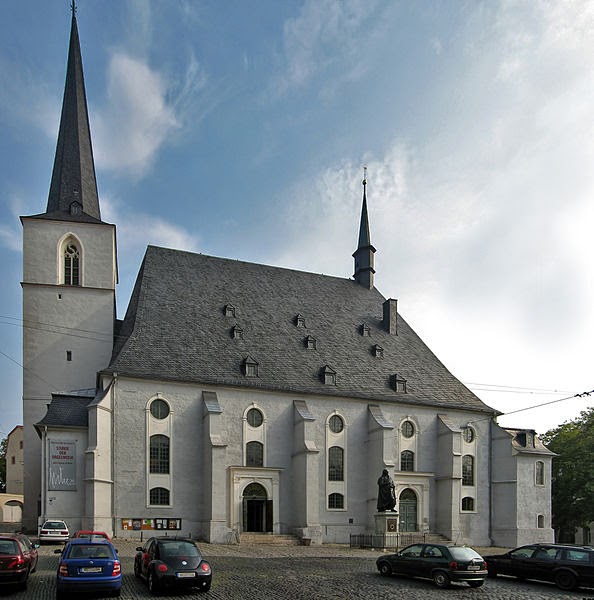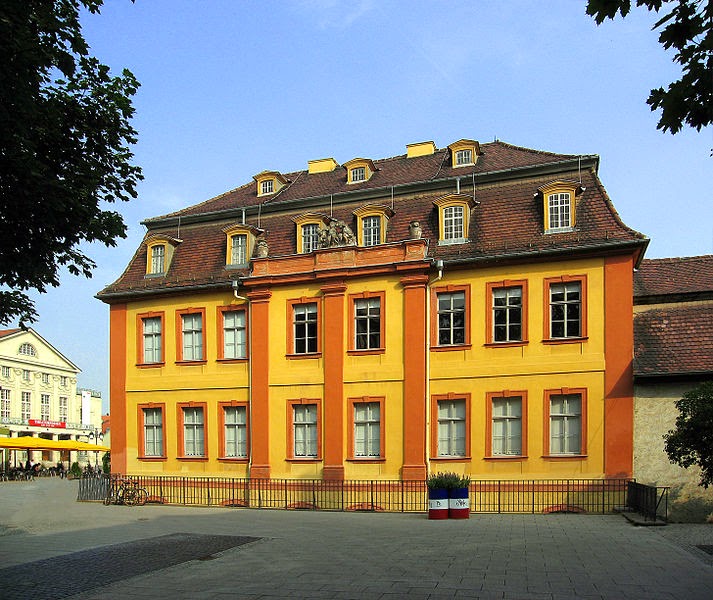Rhodes is an island in Greece, located in the eastern Aegean Sea. It is the largest of the Dodecanese islands in terms of both land area and population, with a population of 115,490 (2011 census), and also the island group's historical capital. Administratively the island forms a separate municipality within the Rhodes regional unit, which is part of the South Aegean region. The principal town of the island and seat of the municipality is Rhodes. The city of Rhodes had 50,636 inhabitants in 2011. It is located northeast of Crete, southeast of Athens and just off the Anatolian coast of Turkey. Rhodes' nickname is The island of the Knights.
Historically, Rhodes was famous worldwide for the Colossus of Rhodes, one of the Seven Wonders of the Ancient World. The Medieval Old Town of the City of Rhodes has been declared a World Heritage Site. Today, it is one of the most popular tourist destinations in Europe.
Transportation
Diagoras Airport, arrivals terminal.
Rhodes has three airports but only one is public. Diagoras Airport, one of the biggest in Greece, is the main entrance/exit point for both locals and tourists. The island is well connected with other major Greek cities and islands as well as with major European capitals and cities via charter flights.
Rhodes International Airport, "Diagoras": public airport, 14 km (9 mi) southwest of Rhodes City, third in international passenger volume and fourth in total passenger volume in Greece.
Rhodes Maritsa Airport: closed to public, near Maritsa village. Built in 1938 by the Italians, it was the first airport of the island and was the public airport until 1977. Nowadays, it serves the Hellenic Air Force and is sometimes used for car races.
Kalathos Airfield: inoperative, 7 km (4 mi) north of Lindos. Built by the Italians during World War II, was called Aeroporto di Gadurrà. Today only the runway is visible.
Kattavia Airstrip, located in the south of the island it was an emergency airstrip built by the Italians during World War II. Today it is abandoned.
Two pilot schools offer aviation services (small plane rental and island hopping).
"MS Thomson Majesty" at the harbour of Rhodes.
The Kameiros Skala Dock.
Rhodes has five ports, three of them in Rhodes City, one in the west coast near Kamiros and one in east coast near Lardos.
Central Port: located in the city of Rhodes serves exclusively international traffic consisting of scheduled services to/from Turkey, cruise ships and yachts. Since Summer 2012, the port is also a homeport for Costa Cruises during the summer period.
Kolona Port: opposite and north of the central port, serves intra-Dodecanese traffic and all sizes yachts.
Akandia Port: the new port of the island, south and next to the central port, being built since the 1960s, for domestic, cargo and general purpose traffic. No land facilities exist although the municipality is in the process of erecting a passenger terminal.
Kamiros Skala Dock: 30 km (19 mi) south west of the city near Ancient Kamiros ruins serves mainly the island of Halki
Lardos Dock: formerly servicing local industries, now under development as an alternative port for times when the central port is inaccessible due to weather conditions. It is situated in a rocky shore near the village of Lardos in south east Rhodes.
Road network
The road network of the island is mostly paved. There are four major arteries:
Rhodes-Kamiros Province Avenue: Two lane, runs through the west coast north to south and connects Rhodes City with Diagoras Airport and Kamiros.
Rhodes-Lindos National Avenue (Greek National Road 95): Four and two lane, runs mainly inland north to south and connects Rhodes City with Lindos. Part from Rhodes Town until Kolympia is now 4 lanes, the rest until Lindos is 2 lanes.
Rhodes-Kallithea Province Avenue: Two lanes, runs through the east coast north to south and connects Rhodes City with Faliraki Resort.
Tsairi-Airport National Avenue: Four and two lane, runs inland east to west and connects the east coast with the west and the airport.
Lindos-Katavia Province Avenue: Two lane, begins just before Lindos and though villages and resorts leads to Katavia village, the southernmost of the island, from where a further deviation leads to Prasonissi.
Rhodes Town Ring Road: First part beginning from the new marina and ending to Rhodes-Kallithea province avenue is now almost complete as a four lane expressway. Traffic lights will be installed till the end of 2013 which will mark the completion of the road making left turns available.
Future roads:
Further widening of E-95 from Kolympia to Lindos. This is to be four lane with a jersey barrier in the middle. It is still unknown when constructions will begin and most importantly end.
Plans also exist for a new four lane express road connecting Rhodes Town with Diagoras Airport that is intended to relieve congestion on the coastal west avenue.
Bus
Bus services are handled by two operators:
RODA: Rhodes City company that also services suburban areas (Faliraki, Ialysos, Kremasti, Airport, Pastida, Maritsa, Paradeisi) and the west coast of the island
KTEL: State-owned buses that serve villages and resorts in the east coast of the island
Cars and motorbikes
Families in Rhodes often own more than one car, along with a motorbike. Traffic jams are common particularly in the summer months. The island is served by 450 taxis.



















































































